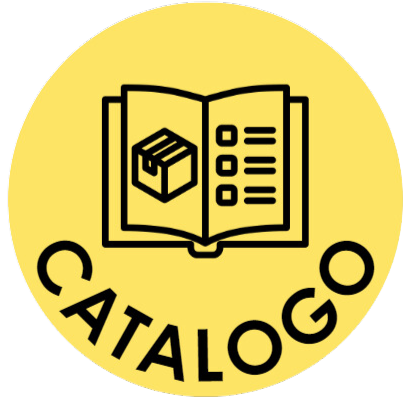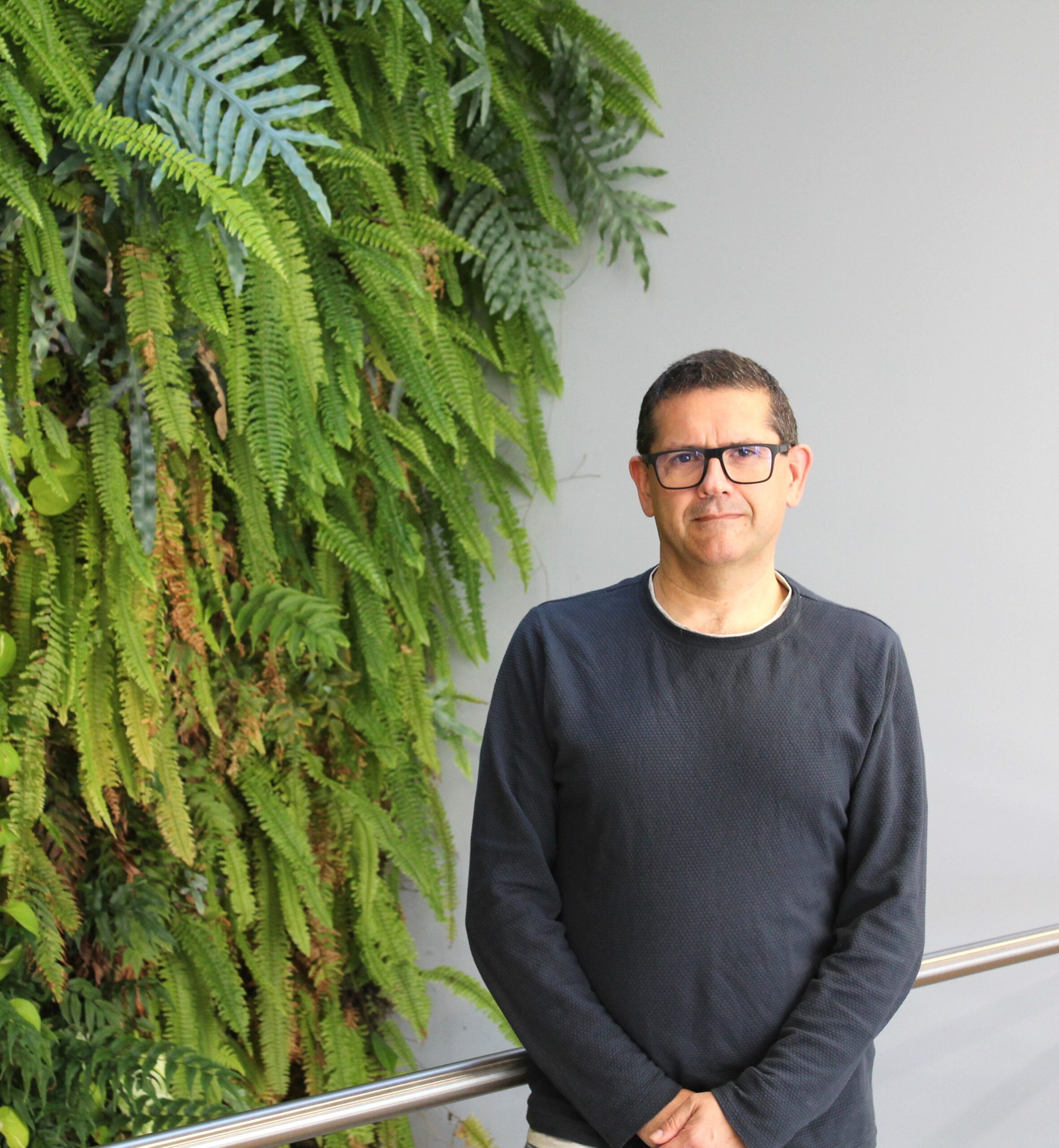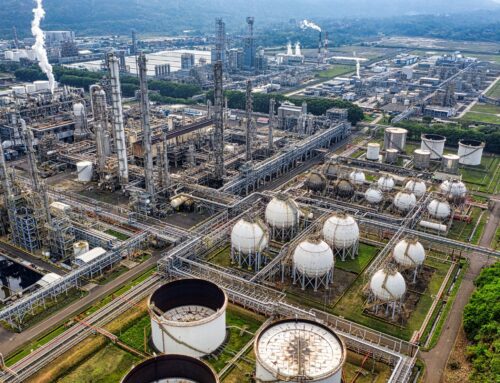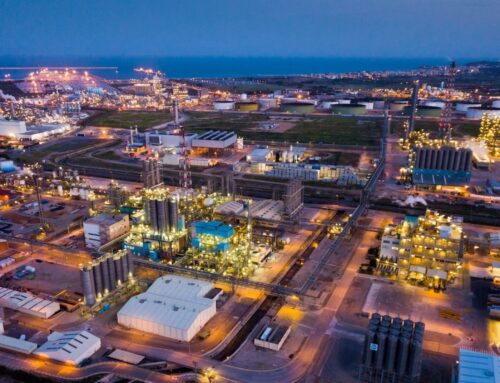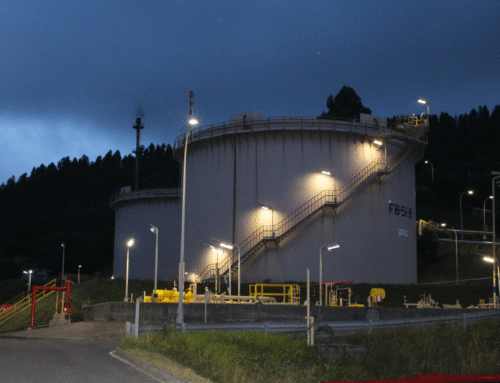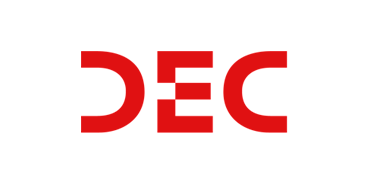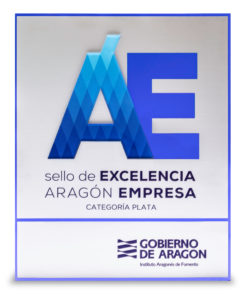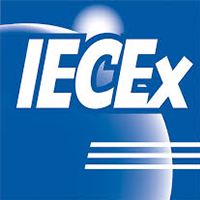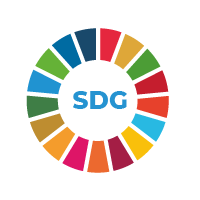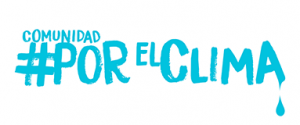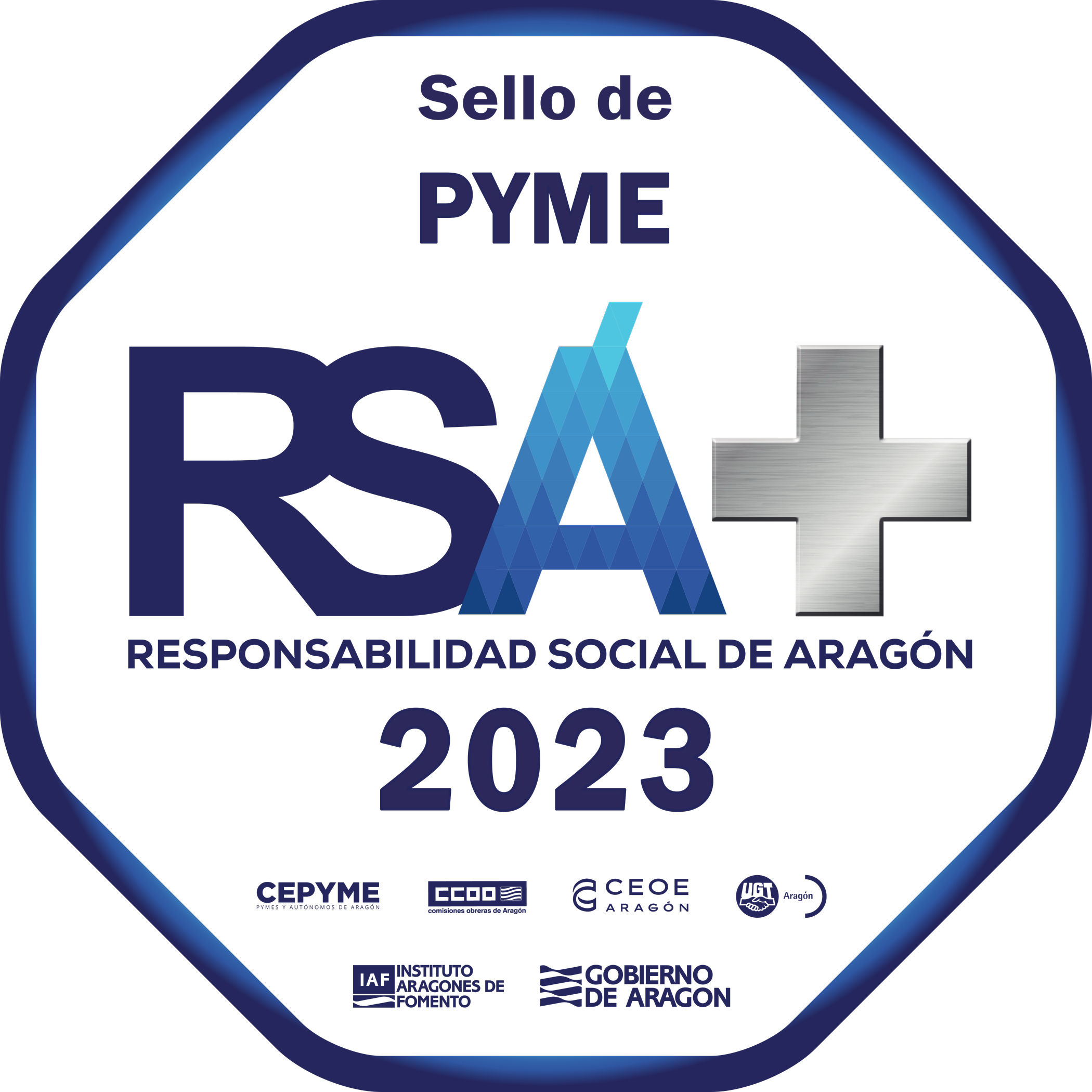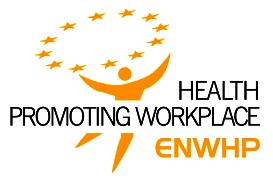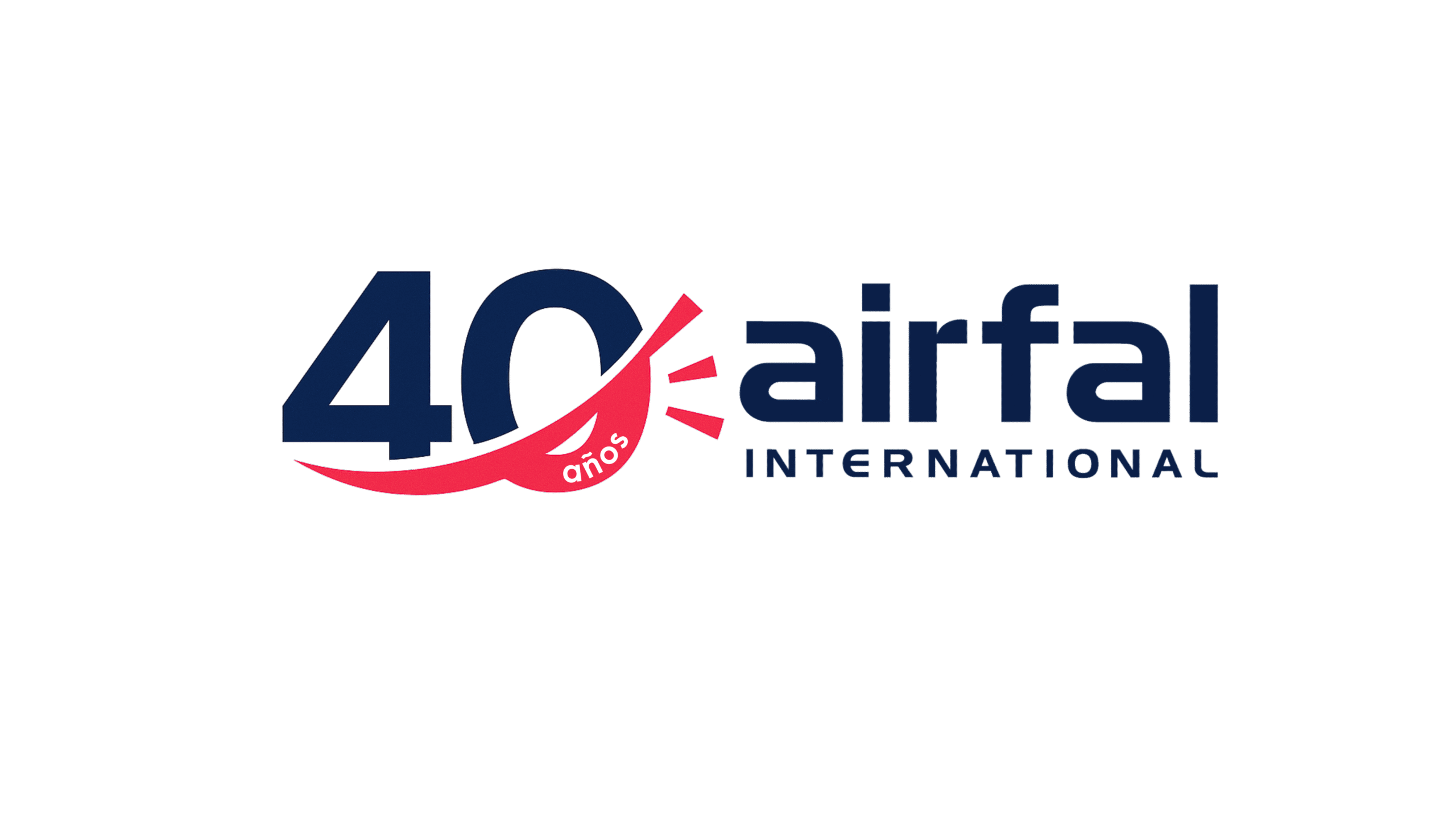When working in environments with explosion risk — such as chemical plants, Oil & Gas facilities, or bulk terminals — compliance with safety regulations is essential. However, when projects cross borders or are carried out within international consortiums, questions arise: Is ATEX certification enough? Do I also need IECEx? What are the differences between them? How does this decision affect project development and approval?
This article analyses the key differences between ATEX and IECEx, what each standard requires, and how your choice impacts technical teams managing international industrial projects in classified areas.
What are ATEX and IECEx, and how do they differ?
Both certifications regulate the use of electrical and non-electrical equipment in potentially explosive atmospheres, but they differ in scope, application, and objectives.
ATEX: a European legal requirement based on two directives.
ATEX is a legal requirement within the European Union, based on two directives:
- 2014/34/EU: aimed at manufacturers of equipment operating in explosive atmospheres.This directive replaced 94/9/CE, which is no longer in force, although some equipment may still hold certification under it. However, those products can no longer be marketed.
- 1999/92/EC: aimed at employers or end users, ensuring safe installation and operation.
IECEx: an international certification system developed by IEC.
IECEx is an international certification scheme developed by the International Electrotechnical Commission (IEC). While it is not legally mandatory — unlike ATEX within the EU — it has become the most widely recognized global technical standard for hazardous area projects in countries such as Australia, South Africa, South Korea, and Saudi Arabia, among others.
Main difference between both certifications.
The main distinction is that ATEX is a legal European requirement, whereas IECEx is a voluntary but globally standardized certification. This difference has practical consequences when designing, installing, or auditing systems in hazardous industrial environments. It is important to note that IECEx cannot replace ATEX in Europe, as ATEX compliance remains mandatory within the EU.
What does each standard require technically?
Although both certifications are based on the same technical standards (IEC 60079 series), their implementation and focus differ.
Technical standards under ATEX:
- Conformity assessment depends on the product category (1, 2, or 3).
- The manufacturer must issue a CE Declaration of Conformity and provide detailed technical documentation.
- For higher-risk equipment (zones 0 and 1), the involvement of a Notified Body (NB) is required to verify testing and quality systems. Annual audits are conducted under EN 80079-34, a very strict standard. After approval, the NB issues a QAN (Quality Assessment Notification).
- Mandatory for placing products on the EU market.
Technical requisits under IECEx:
- Testing must be carried out by recognized laboratories (ExTL) and evaluated by certification bodies (ExCB).
- Certification is granted by type of protection (Ex db, Ex eb, etc.), not by zone category.
- A QAR (Quality Assessment Report) is required to ensure continuous production control.
- Modular, traceable, and globally accepted system.
- Recognized worldwide as a technical assurance, though it does not replace local legal requirements.
IECEx offers real-time visibility through its online portal “IECEx Certificates”, which lists all valid and expired certificates and QARs — providing added transparency and trust. Some examples:
- Airfal QAR: FR/INE/QAR19.0003/06 | IECEx Certificates
- IECEx certificate of our Pyros luminaire: IECEx INE 21.0025X Issue 1 | IECEx Certificates
Although both systems share the same technical basis (IEC/EN 60079 standards), ATEX focuses on legal compliance within the EU, while IECEx standardizes and facilitates international trade of explosion-proof equipment.
When do you need each certification?
This is the key question for many technical managers. The answer depends on several factors.
Project location.
If the project is within the European Union, ATEX certification is legally required. Outside the EU, IECEx is often accepted or required, although some countries have their own local standards (e.g. UL in the USA, INMETRO in Brazil, or CCC in China).
Type of client or consortium.
In international or EPC (Engineering, Procurement and Construction) projects, IECEx acts as the common technical language, easing equipment acceptance and coordination while minimizing regulatory conflicts.
International manufacturing or export projects.
If manufacturing, installation, and operation occur in different countries, dual certification (ATEX + IECEx) can prevent delays, rejections, or documentation rework.
Impact on technical project management.
Choosing between ATEX and IECEx has operational, commercial, and strategic implications:
- Regulatory and legal strength: In the EU, ATEX provides a recognized legal framework and a zone classification system that facilitates risk assessment and technical decision-making aligned with plant requirements.
- Approval timelines: IECEx enables clearer and faster traceability across countries.
- Internal and external audits: ATEX is essential for compliance with European safety inspections, while IECEx ensures technical consistency in multinational audits.
- Design flexibility: Some protection types approved under IECEx may not have a direct equivalent in ATEX.
- Acceptance by international clients: Many multinational companies require IECEx-certified equipment even in ATEX zones, as part of a global alignment strategy.
Beyond certification: vision, coherence, and safety.
ATEX provides the strongest legal and technical foundation for projects within the EU, while IECEx ensures consistency and interoperability in international contexts. In ATEX installations, the choice of certification is not just about compliance — it’s about strategic, technical, and operational foresight to guarantee project safety and efficiency.
The right certification is not merely a requirement — it’s a tool for building robust, scalable, and safe industrial solutions.
Deciding wisely today means preventing risks tomorrow.
CARLOS JIMÉNEZ – ATEX Engineering
